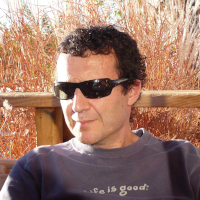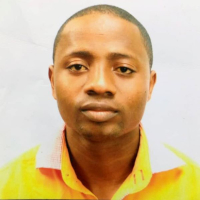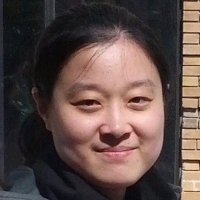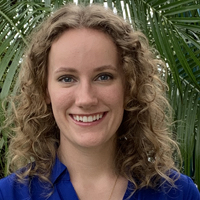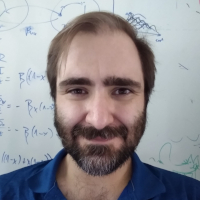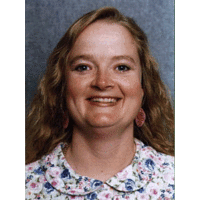
Monica Hurdal (Florida State University, Mathematics)
423 Little HallTuring Patterns as a Model for Brain Folding Development Neuroscientists are interested in correlating brain function with anatomy. However, the highly complex folding patterns of the brain and the high variability in folding patterns across individuals contribute to the difficulty in understanding healthy brain function and disease. Interestingly, there is no consensus in neurobiology as …


